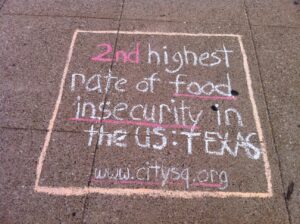A couple of weeks ago FrontRow kick-started a conversation about improving the AT&T Performing Arts Center. Now we are going to continue that discussion by hosting a public forum on the Arts District at D Magazine’s offices on November 4 at 5:30 p.m. with panelists Veletta Lill, Dallas Arts District Executive Director; Charles Santos, TITAS Artistic Director; Deedie Rose, AT&T Performing Arts Center board member; and urban planner and Walkable DFW blogger Patrick Kennedy.
Please join us. To attend, visit here.






